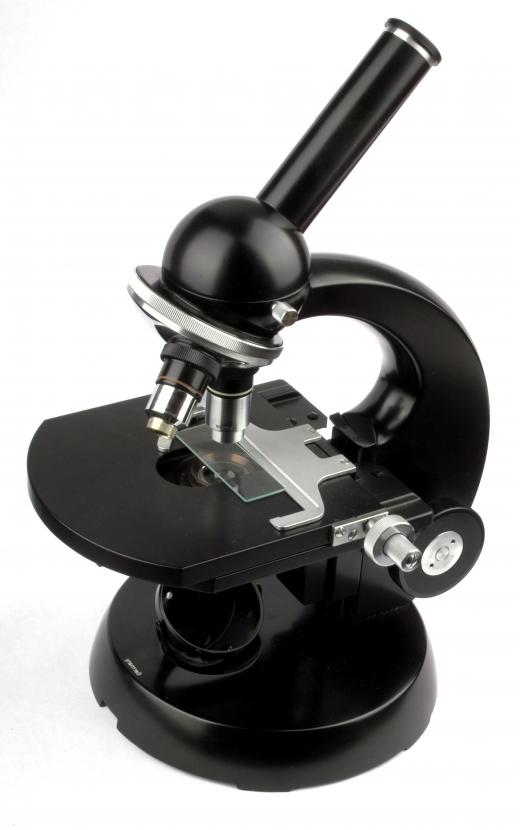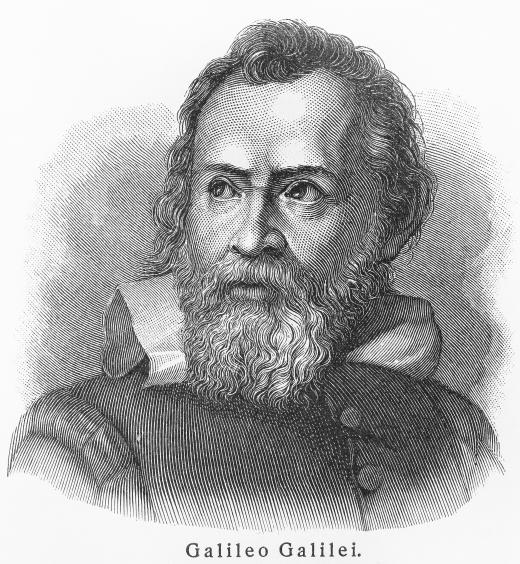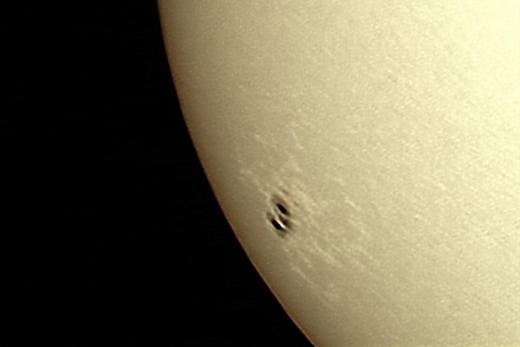Who Was Galileo Galilei?
 Michael Anissimov
Michael Anissimov
Galileo Galilei was an Italian physicist, mathematician, astronomer and philosopher who has been called “the Father of Modern Science”. Born on 15 February 1564 in Pisa, Italy, Galileo is known for greatly improving the telescope from only 3X magnification to 32X magnification, discovering the moons of Jupiter, observing hills and valleys on the Moon, discovering and analyzing sunspots, popularizing laws of motion for uniformly accelerated objects, making the compound microscope practical, being one of the first to understand sound frequency, and being one of the most ardent advocates of the theory of heliocentrism. Galileo was among the first people in Europe to practice rigorous scientific standards, setting up formal experiments and describing the results using mathematics.
Galileo is probably best known for his advocacy of heliocentrism, the idea that the Earth orbits the Sun rather than vice versa. This was known as the Copernican theory after its inventor, Nicolaus Copernicus. Galileo based his support of Copernicanism after his observations of the satellites of Jupiter – this was the first discovery of celestial bodies that did not supposedly orbit the Earth. If the satellites of Jupiter orbited Jupiter, then could not the Earth orbit the Sun? Unfortunately, this idea was condemned as heresy, and Galileo was put on trial under the Inquisition in 1633. Narrowly avoiding imprisonment, Galileo was put under house arrest until his death in 1642 at age 77.

Galileo is famed for independently creating his own telescope after merely hearing about the concept while visiting Venice in 1608. The basic concept is simple – the combination of a concave and convex lens – but the telescope had only been invented that very year, by Dutch spectacle makers. In March 1610, Galileo published his initial astronomical observations in a short work entitled Sidereus Nuncius (Starry Messenger).

There is a legend that Galileo dropped objects off the Leaning Tower of Pisa as a way of testing the different speeds at which they fell, but this was more likely a thought experiment. In reality, Galileo performed similar experiments with inclined planes that led to the same conclusion. The conclusion, contrary to the Aristotlean wisdom which had held for over a thousand years before, was that objects fall at the same speed regardless of their weight. Heavier objects are just often larger, and therefore slightly more susceptible to air friction. Galileo was not the first modern thinker to realize this, but he played a crucial role in popularizing it.

Because of all his contributions to physics, engineering, and astronomy, Galileo is often called “the Father of Observational Astronomy,” “the Father of Modern Physics,” and other such titles. His basic insights about physics are taught in high schools worldwide.
AS FEATURED ON:
AS FEATURED ON:













Discussion Comments
Something that wasn't mentioned in this article is that Galileo was the first to discover what he thought were "blobs" around Saturn. While Galileo was under house arrest other scientists continued his work, such as Dutch physicist Christian Huygens discovering that the two "blobs" Galileo spotted around Saturn were in fact rings.
Amazing to think he was put on trial for something which is now widely believed as scientific fact. For those unfamiliar with the Inquisition, it was a Catholic Church tribunal established to suppress heresy, because at the time Galileo's work went against the well established geocentric model which placed Earth at the center of the universe.
It wasn't all bad though, as Galileo's house arrest had the benefit of giving him the time to write the book Two New Sciences which heavily influenced Sir Isaac Newton and Albert Einstein.
Post your comments